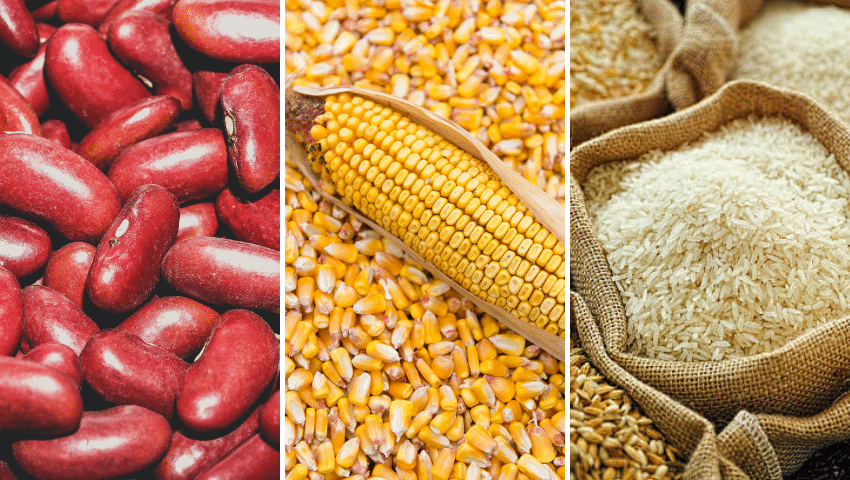Commodity Windfall Narrows Trade Gap to Surplus
Uganda’s export earnings jump 37 % to US $11.1 billion as coffee (KC=F) and cocoa (CC=F) prices soar; trade gap flips to US $1.25 billion surplus, fortifying FX reserves amid firm DXY. (KC=F, CC=F)

Uganda’s foreign-exchange earnings have expanded at the fastest pace in a decade, propelled by record coffee and cocoa exports that lifted annual export receipts 37 percent to about US $11.1 billion in the year to July 2025. The performance reversed a US $805 million deficit into an estimated US $1.25 billion balance-of-payments surplus and positioned Kampala as one of Africa’s few net-surplus economies for the period.
Coffee volumes increased 12 percent y/y, aided by higher farm-gate prices and improved logistics on the northern corridor. Global benchmarks (KC=F) averaged US $2.48 per lb—roughly 40 percent above their five-year mean—while cocoa (CC=F) topped US $5,500 per ton, a multi-decade high. Uganda’s small-holder output benefited from input-credit schemes under the Coffee Development Authority and new fermentation centres in Bundibugyo, which boosted quality premiums.
The macro transmission is direct. Robust commodity income expanded the current-account buffer, stabilised the shilling and replenished reserves to roughly US $4.9 billion (≈ five months’ cover). Inflation eased to 4.8 percent in September as food prices moderated, allowing the central bank to hold its 9.5 percent policy rate. Treasury data show tax receipts from export-linked sectors up 18 percent y/y, narrowing the primary deficit toward 2 percent of GDP and giving policymakers fiscal breathing space ahead of 2026’s infrastructure-bond redemptions.
Private-sector effects are emerging. Export finance flows to farmer cooperatives rose 22 percent y/y, and banks report improved repayment on seasonal credit lines. Yet analysts warn that the commodity boom masks structural fragility: limited value-addition, logistics dependency on Kenya’s Mombasa corridor and exposure to weather shocks. A single El Niño harvest failure could erase a third of the recent gains.
Authorities are responding with hedging and diversification. The agriculture ministry is piloting forward-sale contracts for coffee and cocoa to lock prices, while feasibility studies for local cocoa-grind plants could retain up to US $250 million annually in domestic value. Parallel investment in warehouse-receipt systems aims to smooth supply-chain finance cycles and reduce speculative hoarding that amplifies price swings.
If prices remain above historical averages through Q1 2026, Uganda’s external position will likely stay positive even as import demand recovers. The BoU projects FX reserves to climb another 5–7 percent by mid-2026 under baseline commodity assumptions. Sustaining that path will hinge on continued fiscal discipline and successful downstream diversification—turning a cyclical boom into a structural hedge against global volatility.





